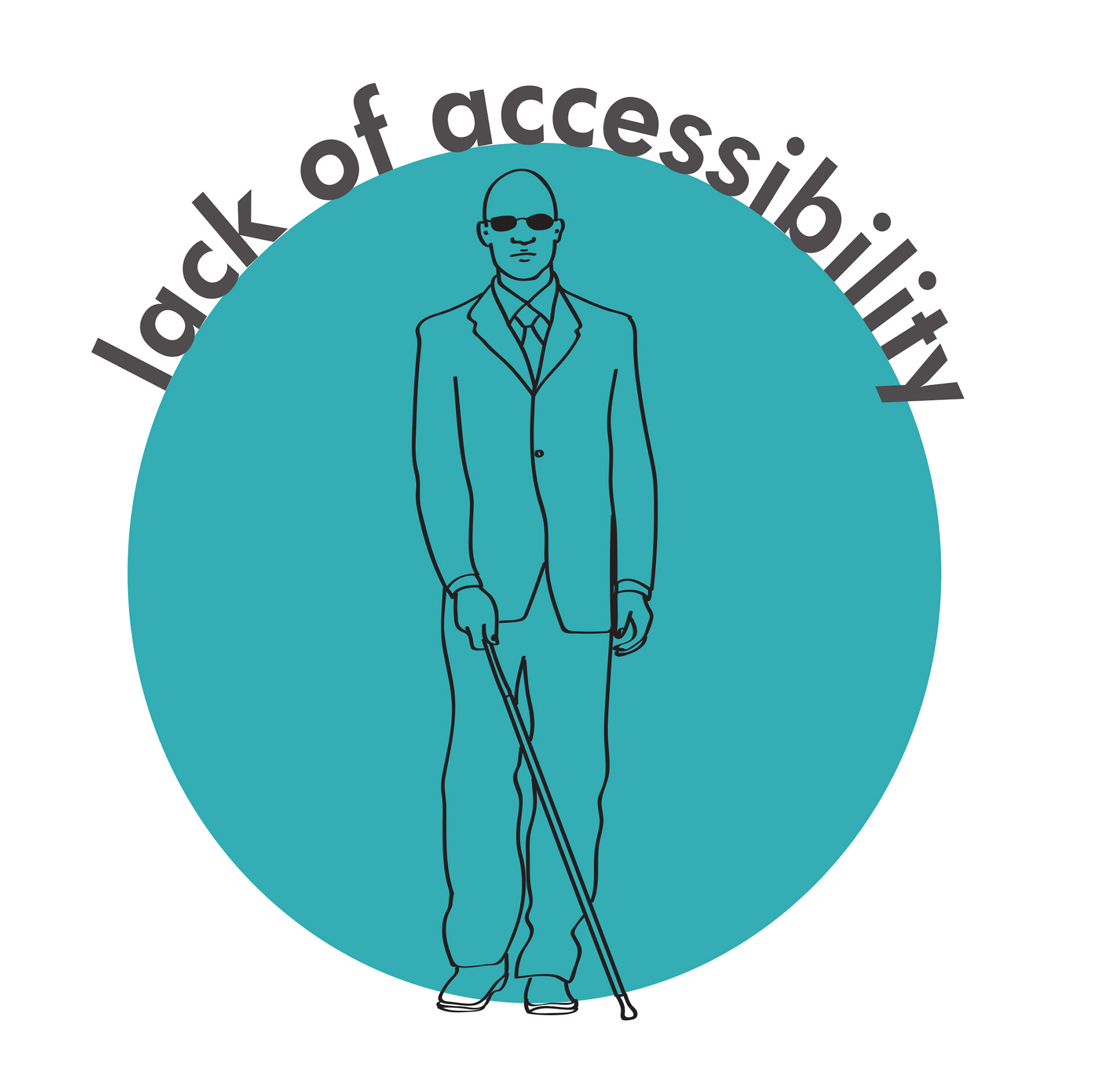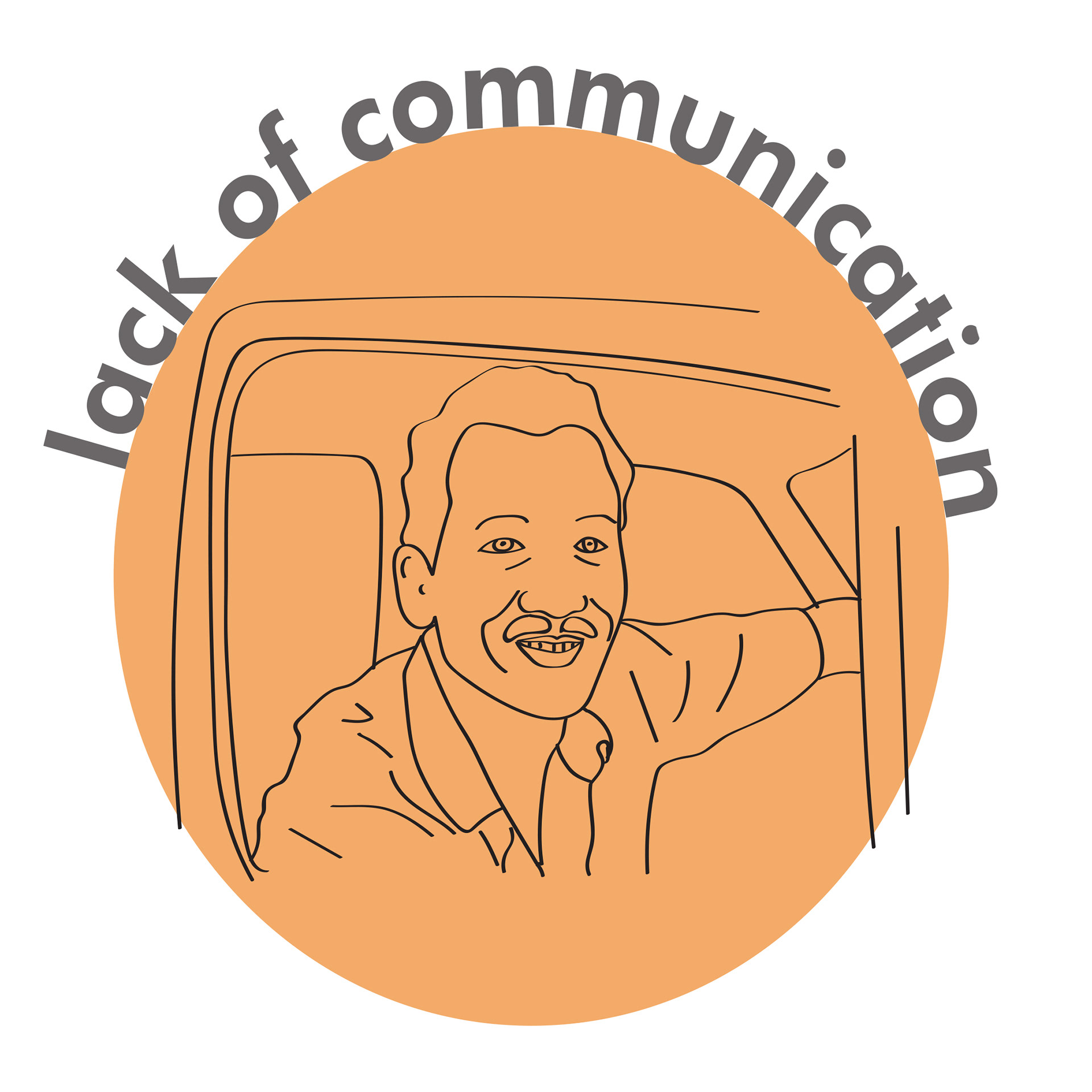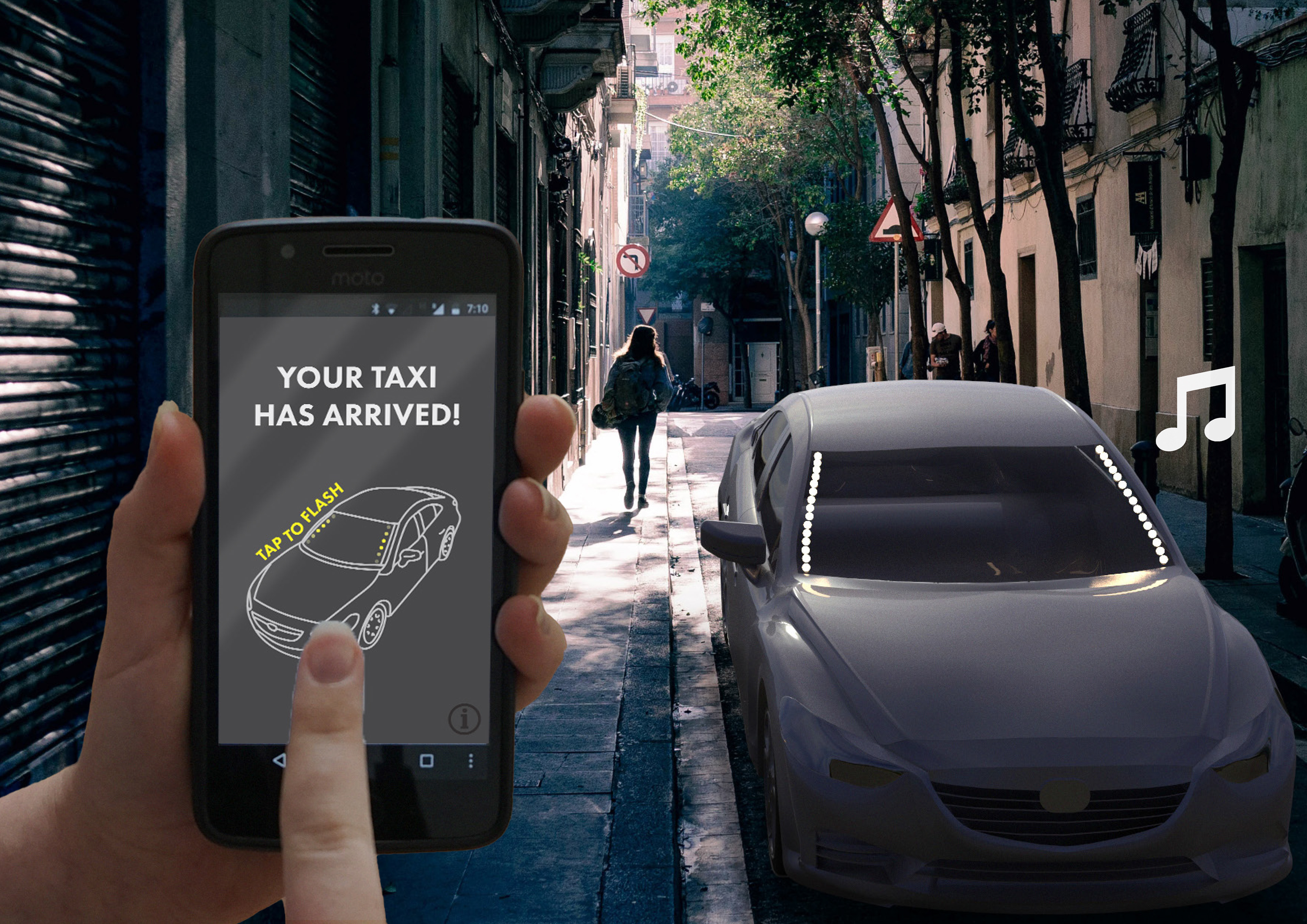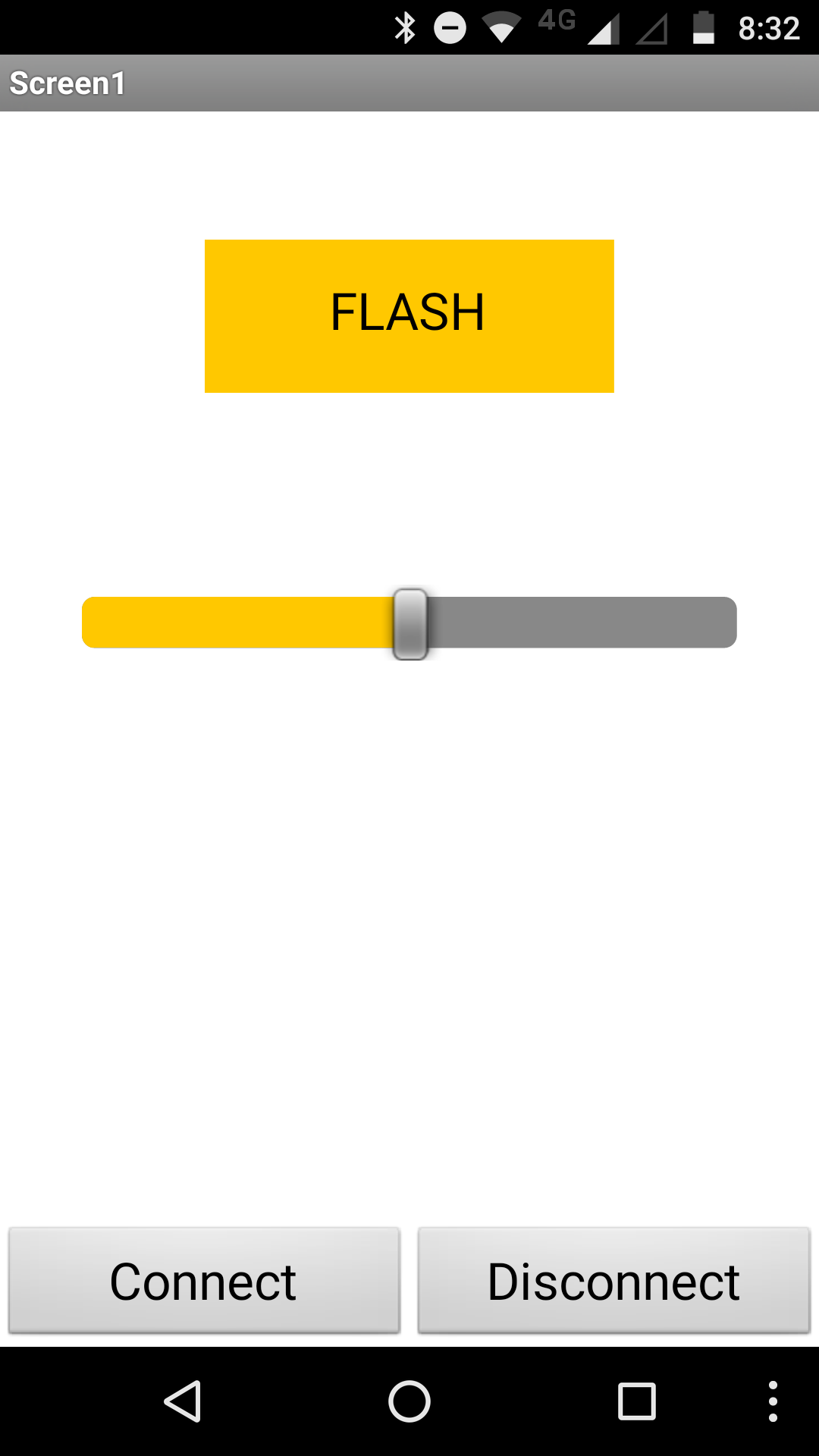The Japanese government has a target to have robot taxis operational in time for the 2020 Olympics in Tokyo. While working in Japan with Mitsubishi Electric, I was given the opportunity to develop a product that could be integrated into a robot taxi to encourage acceptance and trust from potential passengers.
THE DESIGN PROCESS




Initial research involved travelling in various taxis in both the centre of Tokyo and rural areas. Some key insights were drawn from this field research: existing taxis have issues with accessibility and possible language barriers. These were therefore key points to tackle when looking at automating the taxi experience.
When researching current autonomous taxis, a lack of communication and difficulty in trusting the vehicle were the clear key issues. From this, a project focus was found in the initial first impression of the robot taxi, and how this communication and identification could help build trust between passenger and vehicle.
With taxi identification as the main focus of the project, ideation and a brainstorming session helped to bring out some key concepts that would be further developed. Some of these concepts included displaying personal messages on the vehicle, and personifying the vehicle to make it "friendly", and easier to trust.
After discussions and feedback, using a mobile device to interact with the vehicle using lights and sound was developed further, looking at ways the user could use movement, sound and touch to trigger reactions from the robot taxi.



The final concept allowed the user to be alerted to the arrival of the robot taxi. They could then interact with the screen of their mobile device to trigger lights and sound on the vehicle. The combination of these allows the system to be accessible to both the visual and hearing impaired.



An electronic prototype was created using an LED light strip and an Arduino with Bluetooth capabilities. A simple app was programmed that allowed a mobile device to communicate with the lights giving instant feedback to the passenger, producing flashing and moving lights alongside sounds.
A user journey shows how this identification system could work as part of a conceptual robot taxi system.
A possible further development of this concept could be the implementation within the taxi to assist communication between passenger and vehicle.
An overview of the project design process.